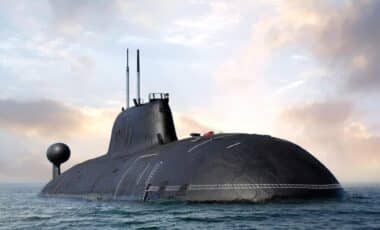1/4” x 9 1/2”; $42.95. Visit, www.penandswordbooks.com, or, E-mail: Uspen-and-sword@casematepublishers.com.“FROM DIEPPE to D-DAY – – The Memoirs of Vice Admiral ‘Jock’ Hughes-Hallett”, by John ‘Jock’Hughes-Hallett. Casemate Publishers, A Pen and Sword Military Imprint: 2023, 160 pages,hardback, 32 mono illustrations, 6 1/4” x 9 1/2”; $39.95. Visit, www.penandswordnooks.com,or E-mail: Uspen-and-sword@casematepublishers.comOf course, all three author-historians, well-known and inordinately popular among the moreserious of the dedicated World War II enthusiasts, focus on the events of August 19, what ledup to them, what actually happened in those sad hours, and during the days and weeks thatfollowed. The stage that set the raid up occurred the week before at the First MoscowConference when Churchill and Stalin, plus U.S. and Free French representatives, discussedopening a second front on the Channel Coast. “Uncle Joe” was politely but firmly informed itwas too soon to open a second front in France. Instead, the Allies would first invade NorthAfrica, drive Rommel back across the Mediterranean, and head straight for Switzerland.Each describes how the Canadian division of 5,000 men with armor never got farther thanthe waterfront. Our Ally lost three-quarters of his forces, including nearly 3,000 killed or takenas prisoners. Even the R.A.F.’s 56 fighter squadrons, a force larger than the entire Commandwhich had won the Battle of Britain, lost twice as many aircraft as they destroyed. Each of thethree writers concur that although much was learned about landing a large army on enemyterritory, the cost was unmentionable: 1,000 pilots and fighter aircraft. There was no questionthat Allied military planners were profoundly shaken by the heavy Dieppe casualties.So, what say you, intelligent military reading buff in young 2024, 82 years after that tragic
day? Seriously, General . . . .








